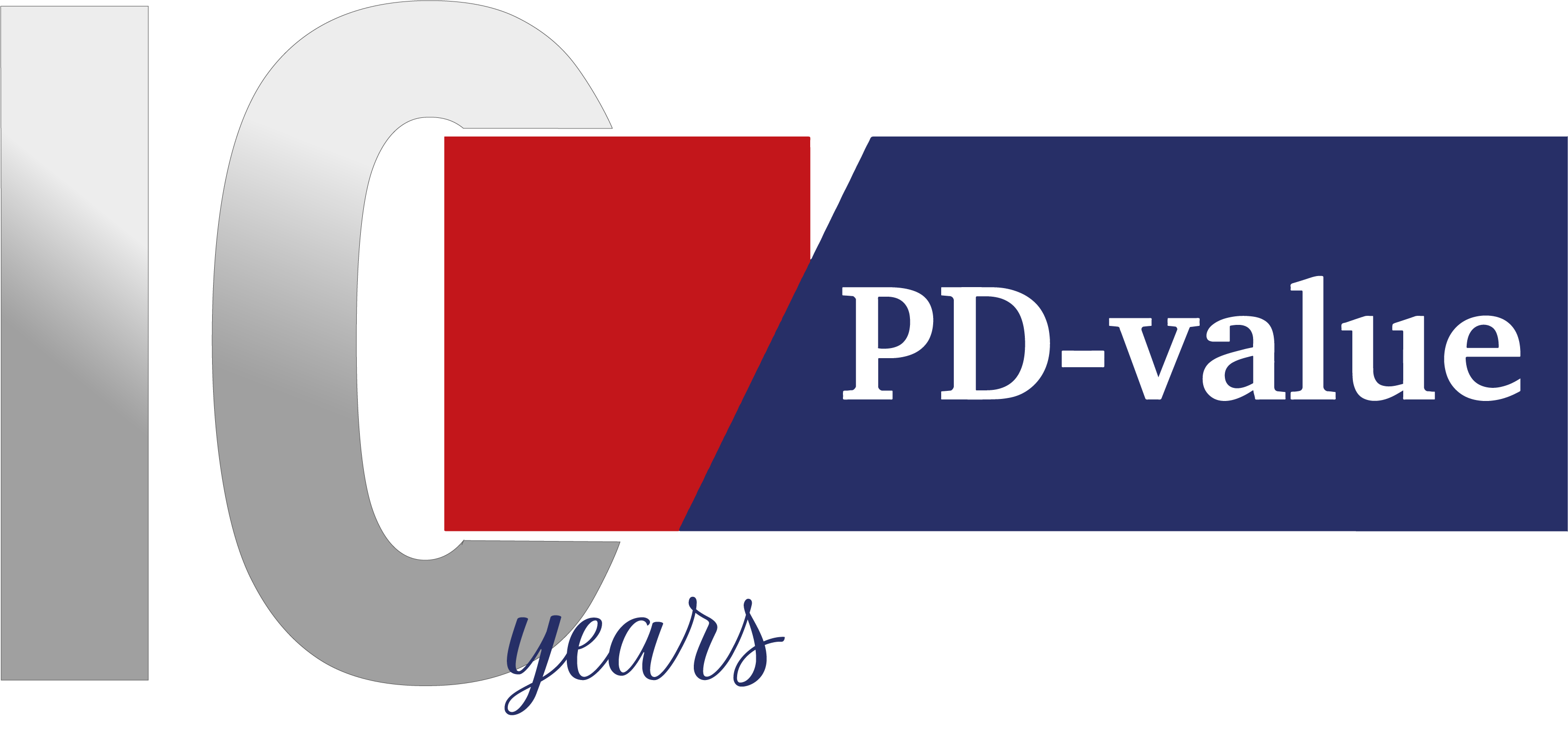With the winter holidays right in front of us and year coming to an end, we, as PD-value, can look back to an amazing year for our company. Thanks to our clients, collaborators, business partners and everyone that has been a part of this year’s journey. We had the pleasure to contribute to drug development for a healthier future. We are very grateful that we have this opportunity and that we can work with so many amazing people. We wish everyone Happy Holidays and a great New Year!

In this edition, we have an interview with one of our colleagues, a reflection on the lustrum year by our CEO, Jeroen Elassaiss-Schaap, but we start off with an overview of the highlights.
Highlights 2024!
PD-value’s 10th year anniversary!
This year marked a significant milestone for PD-value as we celebrated 10 years of growth and success in pharmacometric and systems biology modeling, advancing drug development as a trusted partner.
To commemorate this occasion, we hosted a special symposium featuring six inspiring guest speakers alongside our CEO, Jeroen Elassaiss-Schaap, who offered valuable insights into their research and the future of our field. Our esteemed speakers—Elizabeth (Liesbeth) De Lange, Kees Bol, Asina Gijesi, Sieto Bosgra, Roeland Merks, and Kathrin Thedieck—showcased the diverse applications and transformative potential of modeling and simulation in both academia and industry.
The evening concluded with a delightful walking dinner and drinks, providing a wonderful opportunity to connect, reflect, and celebrate with colleagues and partners. A heartfelt thank you to our speakers, clients, and the entire PD-value team for your dedication and support throughout the years. Here’s to many more years of innovation, collaboration, and success!
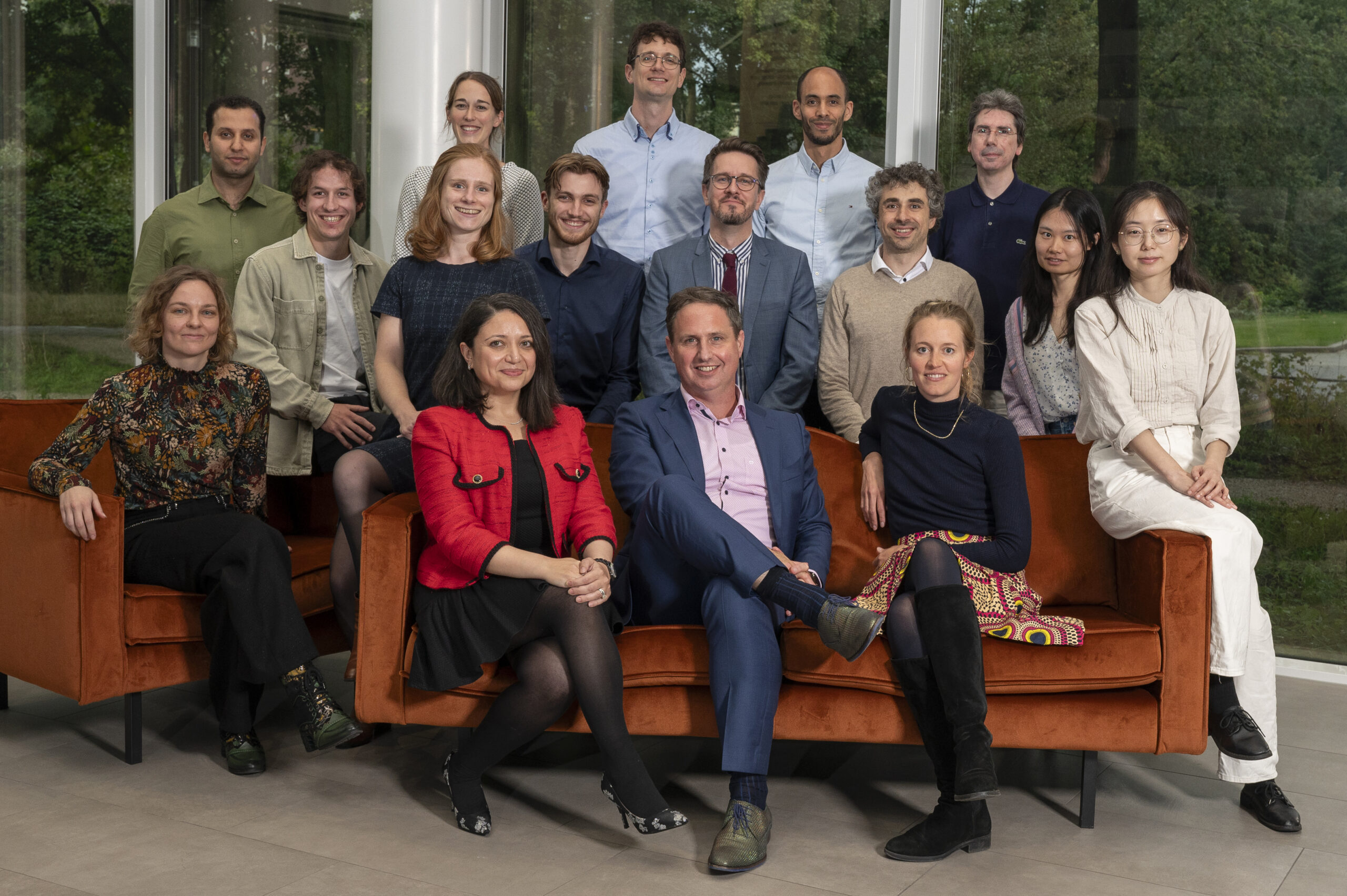
IMPRES-M® started with beta testing
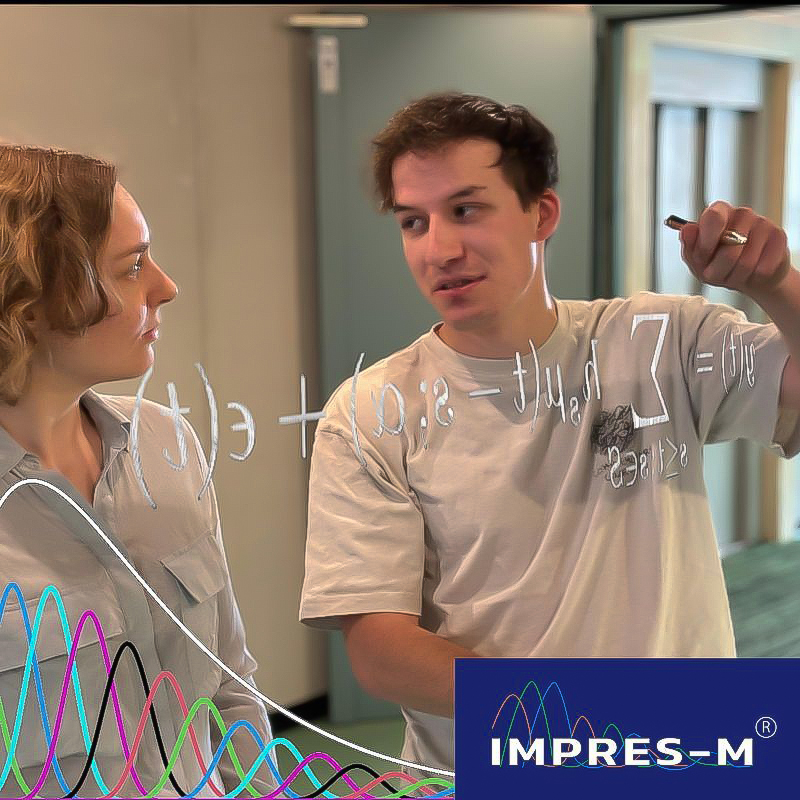
We have started beta testing our new PK-PD modeling approach IMPRES-M®. We have had our first beta testers and first feedback about IMPRES-M®, supporting us in developing IMPRES-M® as optimal as possible.
IMPRES-M® is a statistical modeling approach that is based on smoothing, a statistical method used often but never in PK-PD modeling. PK-PD models can be a time-intensive, and traditional smoothing approaches often fall short. IMPRES-M® simplifies this process by generating a smooth curve representing the IMPulse response to a single dose. When paired with your dosing schedule of choice, this curve enables precise interpolations and extrapolations, speeding up dose simulations and eliminating the need for complex modelbuilding phases.
With the feedback of beta testers and the feedback gathered from the industry, we will start 2025 with new
ideas and excitement for developing IMPRES-M® further!
Publications
At PD-value, we are proud to contribute to advancing drug development through insightful research and innovative modeling approaches. We are happy to share the latest publications, highlighting great research and work of our team and collaborators.
In-Vitro to In-Vivo Correlation: Predicting Drug Clearance
In our latest article, we dive into the critical topic of in-vitro to in-vivo correlation and its role in predicting human drug clearance. This piece unpacks the complexities of liver metabolism and how translational insights can drive better drug development decisions.
FcRn-Regulated Clearance Mechanisms in Antibodies
We’re excited to share the work of our mathematical modeler, Csaba Katai, on the neonatal Fc receptor (FcRn) and its impact on antibody clearance. This research not only enhances physiology-based pharmacokinetic (PBPK) models but also provides a simplified expression for clearance and area under the curve (AUC) in terms of model parameters. The analysis reveals key insights: linear clearance mechanisms dominate at clinical dose levels, while higher doses, like those in IVIG therapy, exhibit nonlinear behavior.
Quantitative Systems Pharmacology in Action: The Pembrolizumab Story
Our CEO, Jeroen Elassaiss-Schaap, was featured in the 10th edition of Immunowatch by MabDesign, where he authored an article titled “Accelerating Antibody Development Through Quantitative Systems Pharmacology – The Pembrolizumab Story.” This piece illustrates the transformative power of modeling and simulation in drug development, using Pembrolizumab as a case study. The article underscores how our innovative approaches can significantly reduce development timelines and costs, showcasing the real-world impact of PD-value’s expertise.
A huge thank you to our contributors, collaborators and reviewers who helped make these publications possible.
PD-value in the lustrum year
By Jeroen Elassaiss-Schaap
It is such a joy to realize PD-value is existing 10 years already! And it is hard to believe that we went from a desk in an attic room at home to an established company of 17 people and growing. From the aforementioned highlights it is great that 2024 has been a great year, a great moment to look back on what we have accomplished, but also the how. The red thread throughout my life is my combination of scientific curiosity, creativity and a strong desire to connect people and ideas alike. An early example of my curiosity would be driving my parents crazy as a 7-year old, opening devices that I got to try and see how they worked. Mechanical watches, especially, never survived that process, of course. During my years at pharmaceutical companies my networking approach became strong to the level that I found my own projects to work on internally, instead of being assigned to them, putting my combination of curiosity and networking to fruition. The start of my own company was also natural from that perspective since I was used to making the connections with teams myself.
I did so with a lot of pleasure on my own, while in the fifth year, I started to hire and mentor people. That was a great match, and liked by everyone involved, including our clients. I am so proud of our team, with the broad range of backgrounds, expertise, and personalities. In terms of backgrounds, we have of course pharmacologists, and biologists, but mathematical, statistical, engineering, physics and AI backgrounds are also included. In contrast to many other groups, we are tightly knit by coming together to the office on a daily basis and engaging in after-hour activities as well. This way, it also comes naturally to reach out to other expertise when it adds value to our projects, and challenge each other to keep improving. We do that on smaller and larger scales, ranging from incorporating new coding paradigms, developing our own efficient PBPK system, to investing in a completely new PK-PD framework, IMPRES-M, as described earlier in this newsletter. As a company we also integrated a whole new discipline, Systems Biology, learning and improving science along the way.
It is clear that we have a great 10-year history, an incredible 2024 and that we can look forward to more scientific developments, and growth in business and expertise. With a strong team in science and collaboration, with a keen eye on the communities around us, we are in the best position to make that happen. Of course, our thanks go to our collaborators and especially our client-sponsors, for the great projects that they bring and allow us to contribute to. Up to a great 2025!
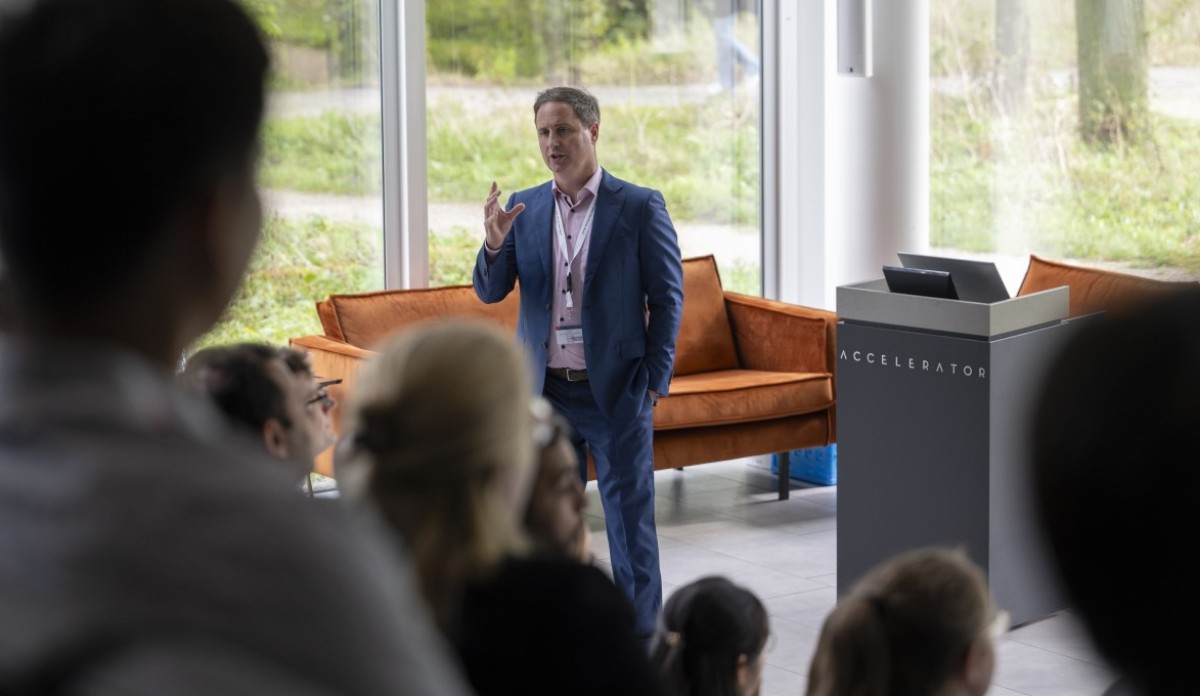
Meet the team – interview with Manon Berns
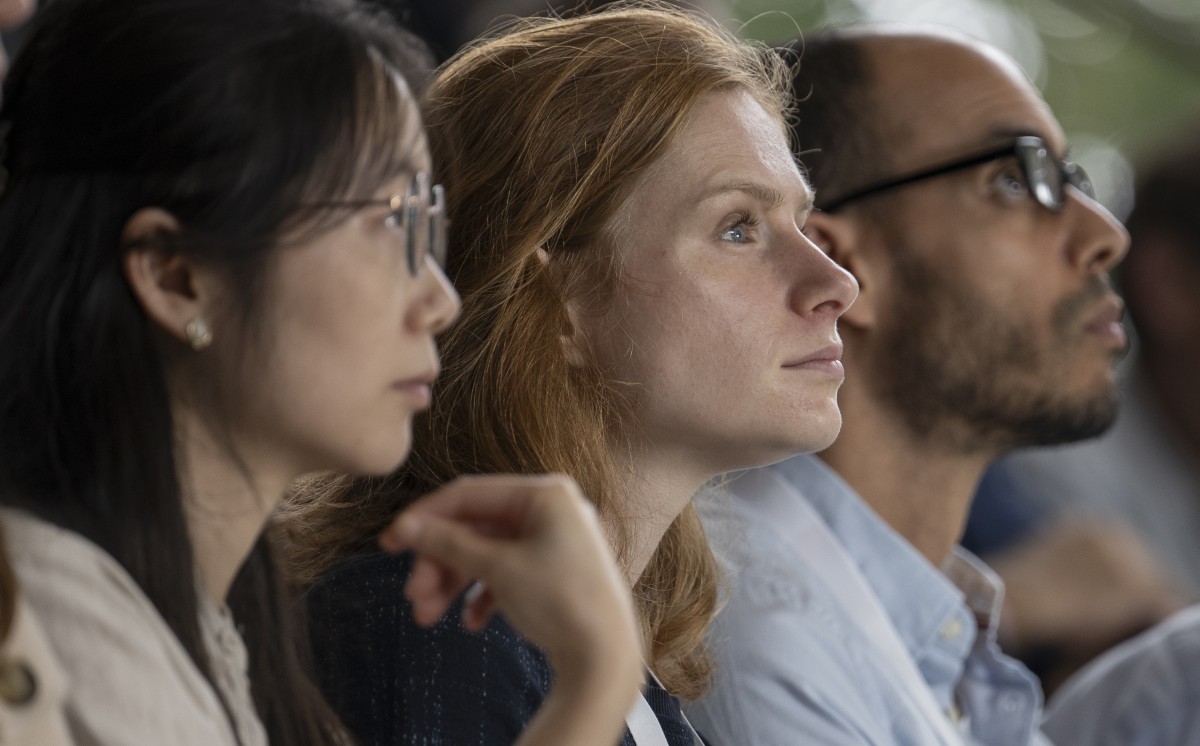
Manon joined PD-value in May 2024 as a Systems Biology Modeler, addressing drug discovery and development questions using quantitative biology.
Hi Manon, can you tell us a little about yourself and your background?
I see myself as a biologist with a strong interest in modeling. I studied biomedical sciences, where I explored my interest in human health and diseases, but I missed the quantitative aspect. That is also why I moved to the field of mainly systems biology, and also bioinformatics to have that quantitative connection. I also developed a strong interest in neuroscience and decided to endeavor on both tracks. So, I also studied Neuroscience for my Master’s and could combine both interests during my PhD, where I developed mathematical models describing neurotransmitter release.
Neurotransmitter release is a process tightly controlled by many proteins. Because of the fast time scale and the small spatial scale at which this process occurs, it is difficult to get a complete – with the emphasis on complete – understanding of neurotransmitter release and in particular it’s dynamic regulation with currently available experimental techniques. I developed mathematical models to combine insights obtained from different experiments to get a better understanding of how neurotransmitter release is regulated at a molecular level.
Can you tell us how you choose your career path?
Of course, I am still at the start of my career, but I always had this clear plan that I wanted to go for research. Not everything was completely clear when I was at school, but I like learning, and exploring. On the way, I noticed that I needed to go to university and higher education for that. I was strongly interested in Neuroscience and mathematical modeling. I could really see the pieces coming together during my Master’s. Also my PhD project was great work for me. However, during my PhD, I also noticed that academia was not the best fit for me. That is why I made the decision to move to the industry.
Was it an easy decision, more or less natural next step for you, or did it take some time?
It took some time and I had some doubts. Because I really like to dive into complex problems, I always thought that academia was the place for me. Now I am happy that here at PD-value, I am fully engaged in complex models. I also enjoy that we have strong connections with academia. And I am happy that the work I am doing now is result-oriented.
Great. I was moving in that direction, but you also took us there already. Let’s dive into your role at PD-value. What does a typical day look like for you? How do you see your job impacting the world around us?
So, from a day-to-day aspect, at PD-value’s systems biology department, we are interested in exploring how signaling within or between cells is affected during disease and how we can capture this in models. I am looking into a lot of background research to better understand these topics and disease fields. Then, I think about how to merge the background information into a mathematical model that describes the signaling cascade. Through these models, you can get new insights and test many conditions that wouldn’t be possible through experiments. Based on these results I give advice to clients on what type of experiments are worthwhile to perform or things they should pay attention to during drug development and research. This way, I aim to help optimizing drug development.
Exactly. Reflecting on your projects, what do you believe has been your most significant contribution? How do you think this work influences the broader community?
It’s a difficult question (both laughing). I try to make something complex a little bit less complex or, let’s say, more digestible because it still stays complex, and deliver new insights to the clients, give directions for experiments they could perform, identify factors they need to pay attention to for their patient selection for clinical studies. Next to that we also work on the edge of the new technologies and new modeling types that are being developed, and by that, we also contribute to the field as a whole and the community.
What drives your passion for your work? What aspects of your role make you most excited?
I really like the abstract thinking part of it, mentally visualizing how the signaling processes work and thinking logically about what kind of impacts that would have. But then also, of course, test that later through your modeling and explore the logic behind the response of a cell. And in a way, also during that phase, it’s nice to see that you can bring information together that maybe comes from quite different angles, like experiments that are done in culture dishes or patient studies and things like that, bring insights from all those perspectives together into a model. It is also something that I really enjoy.
Outside of work, what hobbies or interests keep you engaged and energized? Can you tell us more about your life beyond the office?
I really like to do sports, any type of sport, and currently it’s running and boot camp – outdoor sports/exercises. And I have joined a small painting group. It’s just nice to see what everyone is working on and sharing experiences in that. Currently, I am in the aquarelle painting phase, but this changes over time. I love the way watercolors can flow over the paper and create surprising effects.
I was going to say I know you like to paint. What are your subjects, what do you like painting most? Is it scenery or portraits?
Currently, mainly scenery. I am painting based on photo’s taken during my holidays. Last week, I painted a sunrise photographed on my way to work. But also in the topics I paint, I switch a lot. I drew and painted a lot of portraits of people at some point.
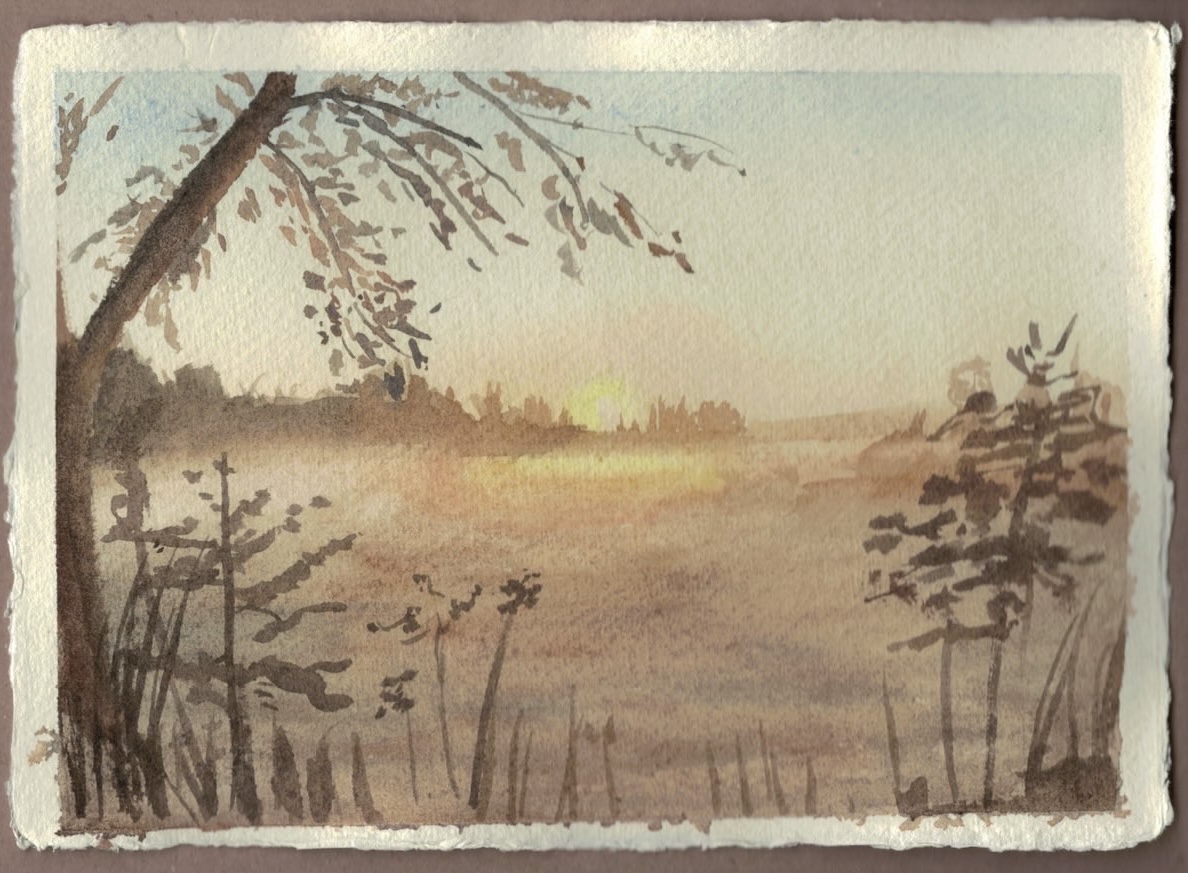
A watercolor by Manon Berns
Manon, it has been a pleasure to getting to know you. Thank you for sharing your professional and private journey with us.
We wish a great year-end and a wonderful 2025 for everyone!
